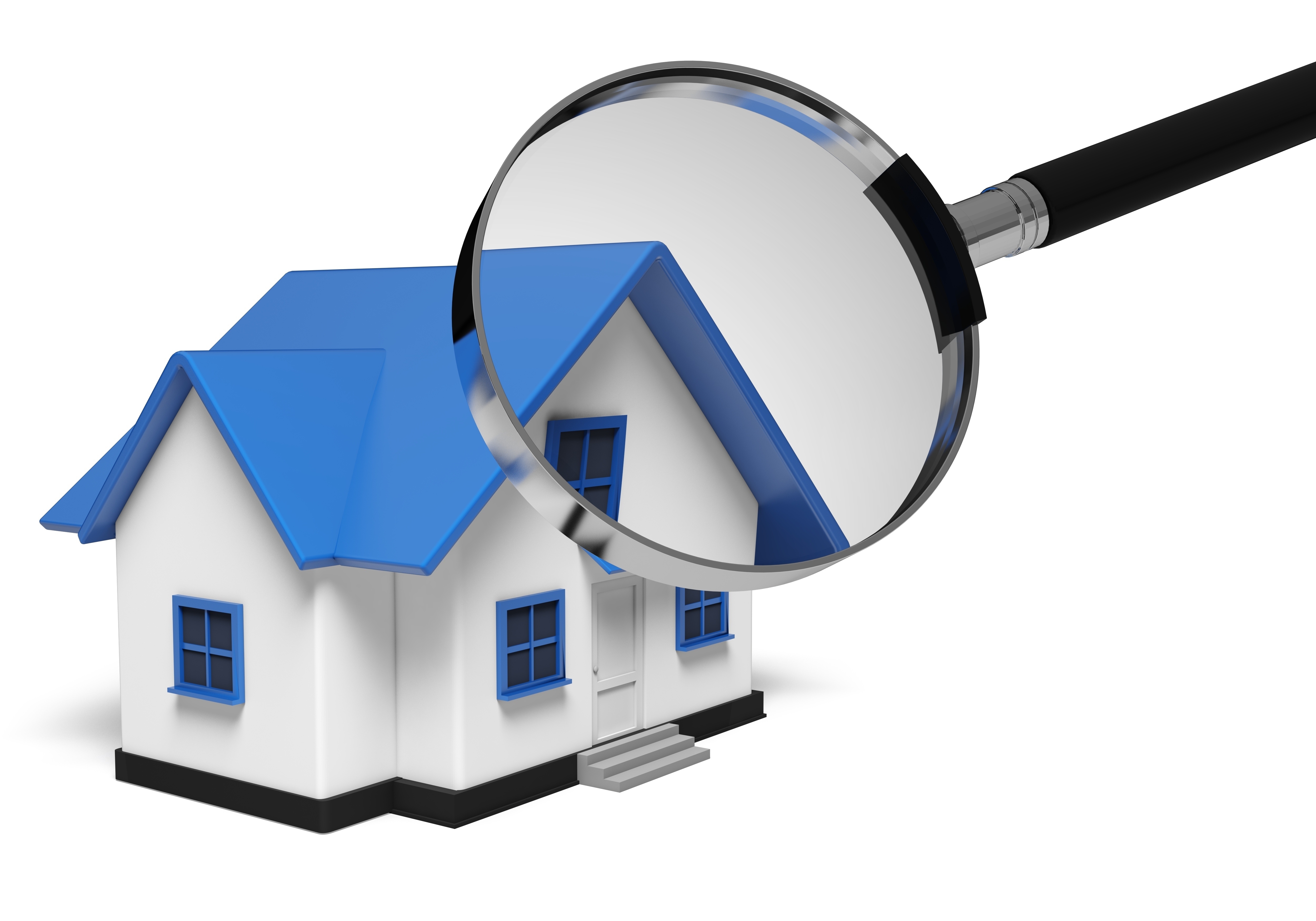
What Are the Parts of an Appraisal?Acquiring real estate can be the largest financial decision many of us might ever consider. It doesn't matter if where you raise your family, a second vacation property or an investment, the purchase of real property is a detailed transaction that requires multiple parties to make it all happen. It's likely you are familiar with the parties taking part in the transaction. The real estate agent is the most familiar entity in the transaction. Next, the lender provides the money necessary to fund the exchange. And the title company sees to it that all details of the exchange are completed and that the title is clear to transfer to the buyer from the seller. So, who makes sure the real estate is worth the amount being paid? This is where the appraiser comes in. We provide an unbiased opinion of what a buyer could expect to pay — or a seller receive — for a parcel of real estate, where both buyer and seller are informed parties. A licensed, certified, professional appraiser from Belmont Properties will ensure, you as an interested party, are informed. The inspection is where an appraisal startsOur first duty at Belmont Properties is to inspect the property to ascertain its true status. We must see aspects of the property hands on, such as the number of bedrooms and bathrooms, the location, amenities, etc., to ensure they indeed are there and are in the shape a typical buyer would expect them to be. The inspection often includes a sketch of the house, ensuring the square footage is proper and illustrating the layout of the property. Most importantly, we look for any obvious features - or defects - that would have an impact on the value of the property. Once the site has been inspected, we use two or three approaches to determining the value of the property: a paired sales analysis, a replacement cost calculation, and an income approach when rental properties are prevalent. 
Replacement CostHere, the appraiser gathers information on local building costs, the cost of labor and other elements to derive how much it would cost to replace the property being appraised. This figure commonly sets the upper limit on what a property would sell for. The cost approach is also the least used method. 
Paired Sales AnalysisAppraisers become very familiar with the subdivisions in which they appraise. They thoroughly understand the value of particular features to the residents of that area. Then, the appraiser researches recent transactions in close proximity to the subject and finds properties which are 'comparable' to the home in question. By assigning a dollar value to certain items such as square footage, extra bathrooms, hardwood floors, fireplaces or view lots (just to name a few), we add or subtract from each comparable's sales price so that they are more accurately in line with the features of subject property.
An opinion of what the subject might sell for can only be determined once all differences between the comps and the subject have been evaluated. When it comes to valuing features of homes in Rochester and Monroe, Belmont Properties can't be beat. This approach to value is typically awarded the most consideration when an appraisal is for a real estate sale. Valuation Using the Income ApproachIn the case of income producing properties - rental houses for example - the appraiser may use a third approach to value. In this situation, the amount of revenue the property yields is factored in with other rents in the area for comparable properties to derive the current value. Putting It All TogetherAnalyzing the data from all applicable approaches, the appraiser is then ready to document an estimated market value for the property in question. It is important to note that while this amount is probably the most accurate indication of what a house is worth, it may not be the final sales price. Depending on the individual circumstances of the buyer or seller, their level of urgency or a buyer's desire for that exact property, the closing price of a home can always be driven up or down.But the appraised value is often used as a guideline for lenders who don't want to loan a buyer more money than they could recover in case they had to put the property on the market again. It all comes down to this, an appraiser from Belmont Properties will guarantee you attain the most accurate property value, so you can make profitable real estate decisions. |